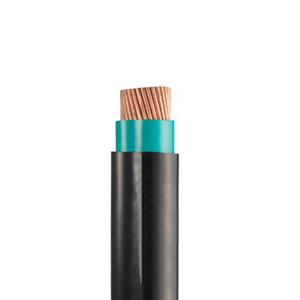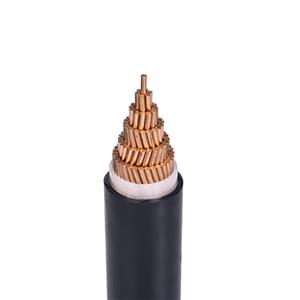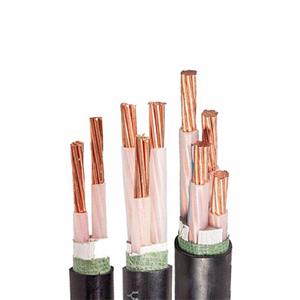BV/BVR wires are the preferred choice for home improvement, ensuring safe and durable electricity for residents.
In the massive undertaking of home renovation, the choice of electrical wires plays a crucial role, acting as the foundation for a robust electrical system. BV and BVR wires, seemingly similar but actually quite different, are popular choices in the home improvement market. Let's delve into their key differences.
BV wires utilize a single-strand copper core structure encased in a thick, sturdy insulation layer. This structure provides strong resistance to external interference, effectively mitigating various external factors. Simultaneously, its high wire rigidity and excellent shaping properties make it ideal for straight-line wiring, ensuring stable current transmission. BVR wires (flexible wires), on the other hand, are made of multiple strands of fine copper wires cleverly twisted together, boasting exceptional flexibility. This unique structure allows it to easily handle complex bending environments. Its excellent bending resistance makes conduit wiring much easier, whether navigating narrow pipes or frequently turning corners, greatly simplifying home wiring. In terms of safety performance, BVR wires provide reliable protection for household electrical safety thanks to the stability of their single-core conductor structure and the strong anti-aging properties of their insulation layer. The single-core structure makes current transmission more stable, reducing the risk of short circuits caused by conductor structure problems. BVR wires also exhibit unique advantages in heat dissipation and high-temperature resistance. The multi-strand conductor structure provides a larger heat dissipation area, which can quickly dissipate heat under overload conditions, effectively reducing the wire temperature and minimizing safety hazards caused by overheating. In addition, its insulation material has slightly better high-temperature resistance, maintaining stable conductivity even in locally high-temperature environments, ensuring normal power transmission and adding an extra layer of protection for household electrical safety.
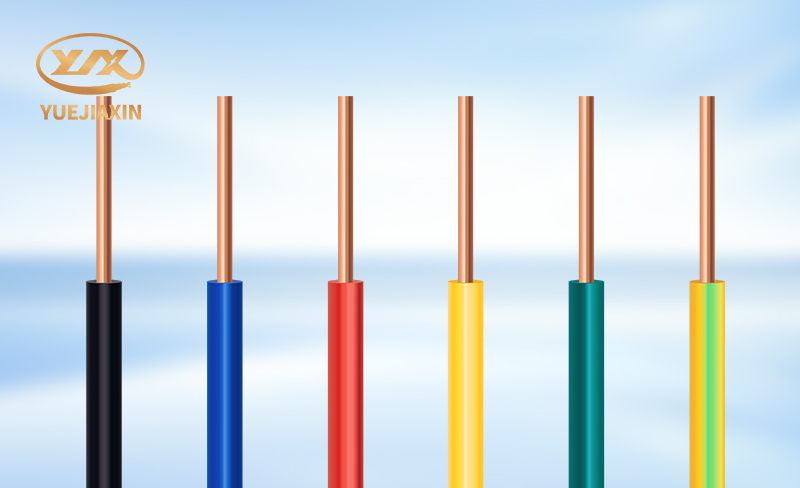
Both BV and BVR wires use high-purity oxygen-free copper conductors, resulting in very similar conductivity, both well-suited for household power needs. In typical household scenarios, the difference in conductivity between the two is not significant, providing stable power to various electrical appliances. However, in long-distance transmission, the single-core resistance of BV wire is slightly lower, giving it an advantage in reducing transmission losses and enabling more efficient power delivery. In terms of durability, BV wire, due to its rigid conductor, possesses strong resistance to compression and abrasion, resisting various external pressures and wear. Therefore, it is suitable for installation in fixed locations such as walls and ceilings, ensuring long-term stable operation and a reliable power supply for households. BVR wire, on the other hand, excels in long-term dynamic environments due to its resistance to bending fatigue. It better adapts to various bending actions during equipment use without the internal copper wires breaking due to repeated bending, thus extending the wire's lifespan.
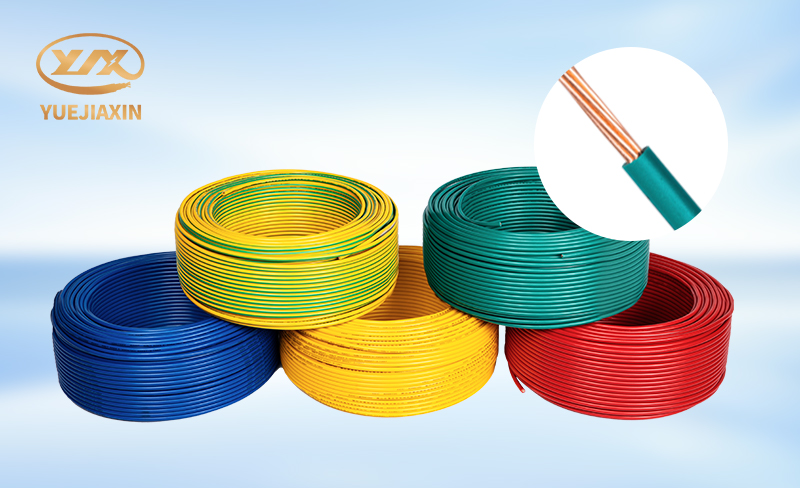
The key to choosing the right electrical wiring for your home is precisely matching it to your home's layout. For stable, durable, and straight-line wiring, BV wires are undoubtedly your best choice. In areas where flexibility is crucial, BVR wires excel, easily handling various challenges. For special needs such as connecting high-power appliances or mobile devices, consider combining the two types of wiring cleverly, allowing each to fulfill its specific function and maximize its efficiency.

